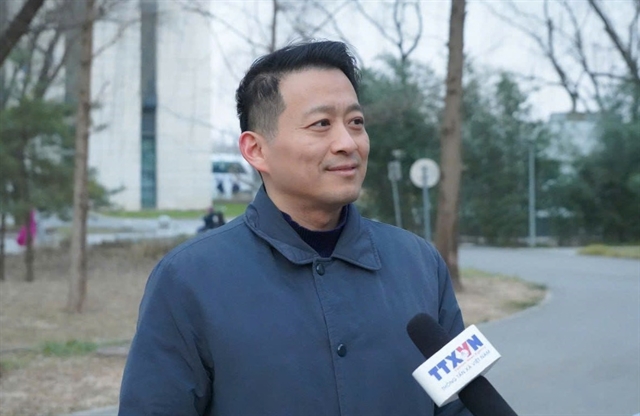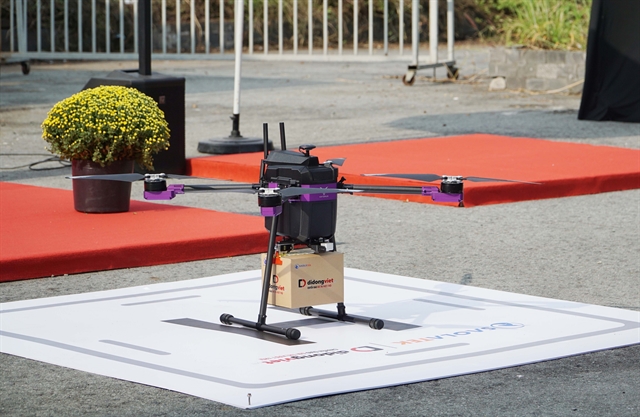 Opinion
Opinion


|
| Lê Quốc Cường. — Photo tuoitre.vn |
On May 12, HCM City announced the results of the first phase of the implementation of the intelligent urban administration centre as part of a master plan to develop the city into a smart city by 2020. More than 1,000 surveillance cameras have been integrated to watch over the city. How does the camera network operate?
In the first phase, the city has already integrated nearly 1,200 cameras. Of which, 50 cameras are piloted using artificial intelligence (AI) which can detect face, vehicles, crowd, behaviour… and send signals to the monitoring centre.
What is the effect of using cameras that use AI programmes compared to existing camera systems?
The superiority of this advanced camera system is not only to receive direct images from the scene but also to save time by performing the image processing and enhancement. It also offers automatic analysis, evaluation, early warning of events and behaviours for the State officials to promptly handle.
For example, we can measure traffic flow in rush hour. When the traffic flow exceeds the permitted level, the camera in that area will automatically transmit signals to warn operators of traffic congestions. With facial recognition, the camera immediately takes the image of a person who is being monitored appears on a certain camera and transmits it to the monitoring centre.
What will the recorded data and images which sent to the centre help the city authorities and people?
With more cameras installed everywhere, the monitoring of all city activities will be more efficient. The collected data and images will help authorities deal and dispatch forces to handle situations faster.
These cameras are installed throughout the city in different layers. The cameras installed at high positions are to see the whole city; the cameras at the middle are to monitor traffic, people and the others at lower points are to monitor flooding.
Cameras also can detect a fire when a smoke appears or it may capture images of residents who break the laws.
Can people use database from this camera system?
At the moment, only State management agencies have the function of using images and data collected from the camera system. Of course, in the future, when the camera system is completed, the city will consider what can be shared with the public.
Data on traffic, environment and flooding have been shared. Some schools have connected surveillance camera systems to share classroom images for parents to monitor their children's learning at class. However, any form of sharing must be carefully considered to ensure respect to privacy and security.
I think this number is very small to the whole city. We need more cameras to be integrated. The city leader has instructed to continue connecting and installing more cameras at hotspots in order to have a complete system to observe the whole city. We need high quality cameras and smarter technologies.
In the near future, there will be very specific regulations on camera standards to avoid waste in investment. VNS




